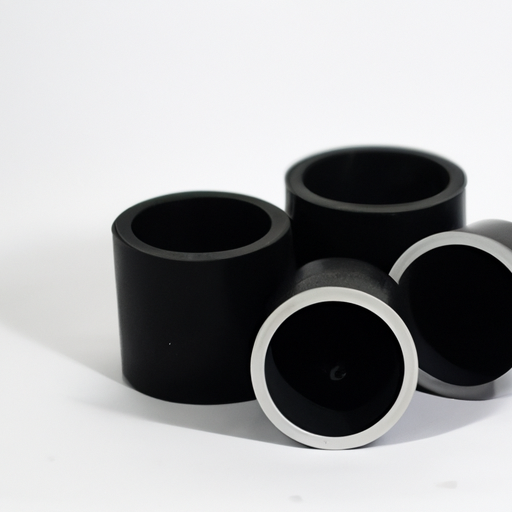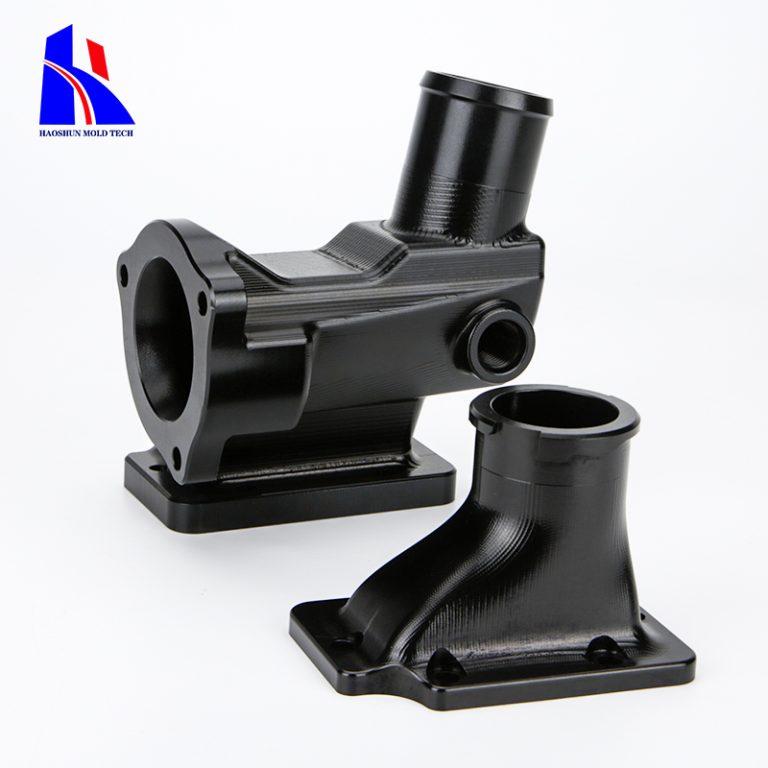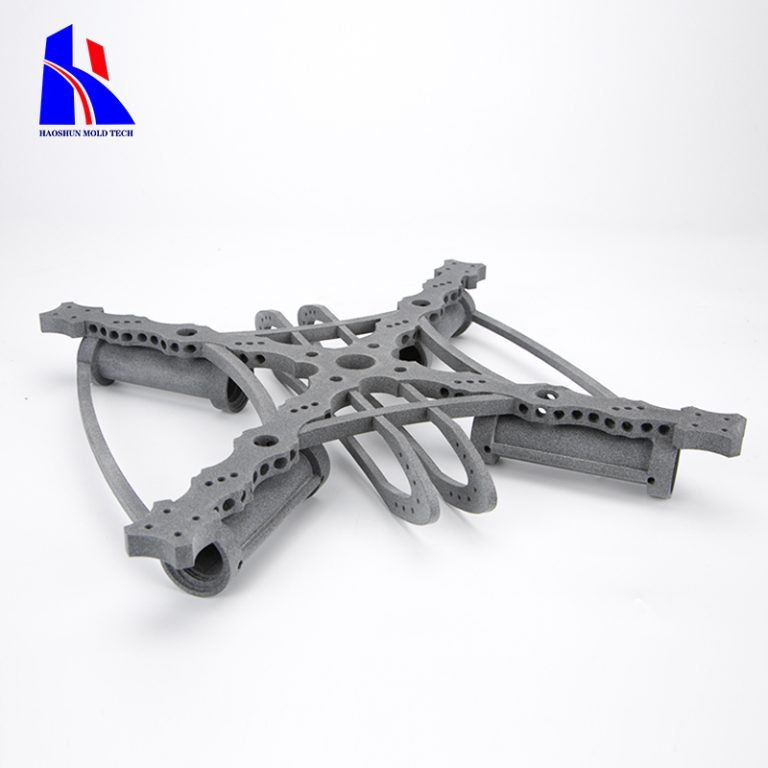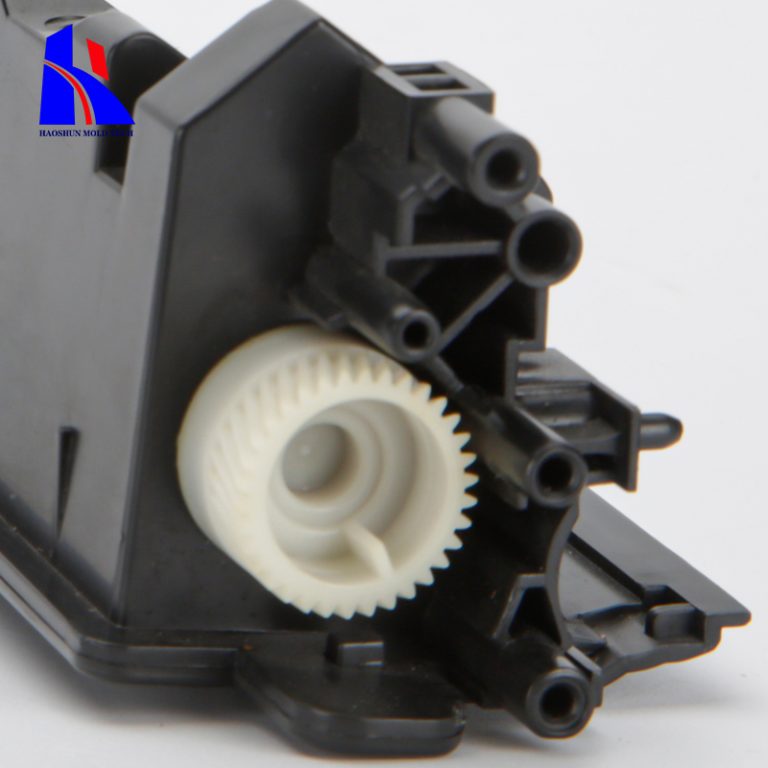plastic and rubber parts custom small plastic part
When it comes to custom plastic and rubber parts, there are several factors to consider, including design, material selection, manufacturing processes, and applications. Here’s a detailed overview of the topic:
- Design and Engineering
1.Conceptualization: Start with a clear idea of the function that the part will serve. Sketches or CAD models are often created to visualize the design.
2.Specifications: Define the size, dimensions, tolerances, and any specific features required for the part.
3.Prototyping: Before mass production, a prototype may be created using 3D printing or CNC machining to test the design’s functionality and fit.
- Material Selection
4.Plastic Materials: Common plastics used include:
5.ABS (Acrylonitrile Butadiene Styrene): Durable and impact-resistant.
6.PVC (Polyvinyl Chloride): Versatile and affordable, often used for pipes and fittings.
7.Polycarbonate: Offers high impact resistance and optical clarity.
8.Nylon (Polyamide): Known for strength and wear resistance.
9.Polypropylene: Lightweight and resistant to chemical damage.
10.Rubber Materials: Common rubber materials include:
11.Silicone Rubber: Known for its thermal stability and flexibility.
12.EPDM (Ethylene Propylene Diene Monomer): Excellent weather resistance and durability.
13.Neoprene: Good chemical stability and flexibility over a wide temperature range.
- Manufacturing Processes
14.Injection Molding: A common process for creating large quantities of plastic parts. The plastic is heated and injected into a mold, where it cools and solidifies.
15.Blow Molding: Used for creating hollow plastic parts like bottles. Air is blown into a heated tube of plastic, forming it into the mold.
16.Compression Molding: Used predominantly for rubber, this process involves placing rubber into a heated mold and applying pressure to form the desired shape.
17.CNC Machining: Allows for high precision in creating parts from a solid block of plastic or rubber.
- Quality Control
18.Testing for durability, dimensional accuracy, and material properties is critical. This may include:
19.Dimensional Inspections: Using tools like calipers and CMMs to ensure parts meet specifications.
20.Material Testing: Conducting tensile strength tests, hardness tests, and environmental resistance tests.
- Applications
21.Custom plastic and rubber parts can be used in a variety of industries:
22.Automotive: Weather seals, dashboard components, and interior fittings.
23.Medical: Medical devices, housing for equipment, and custom components.
24.Consumer Products: Household items, toys, and appliances.
25.Industrial: Gaskets, seals, and custom machinery parts.
- Sourcing and Manufacturing Services
26.Many companies specialize in custom plastic and rubber parts. It’s essential to choose a manufacturer with capabilities that match your project requirements, including lead time, minimum order quantities, and expertise in your specific industry.

Conclusion
When considering custom plastic and rubber parts, a careful evaluation of design, material selection, manufacturing methods, and quality assurance is crucial to ensure that the final product meets the necessary specifications and performance standards. Whether for prototyping or mass production, collaborating with experienced manufacturers can lead to successful outcomes. If you have specific requirements or questions about your project, feel free to provide more details!
email : shine@haoshuntech.com
telephone: +8613560008062







